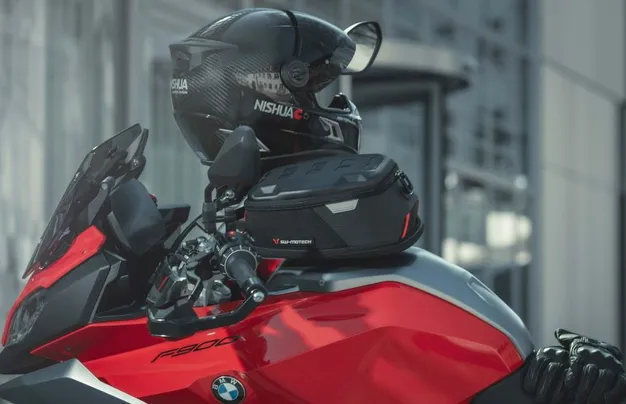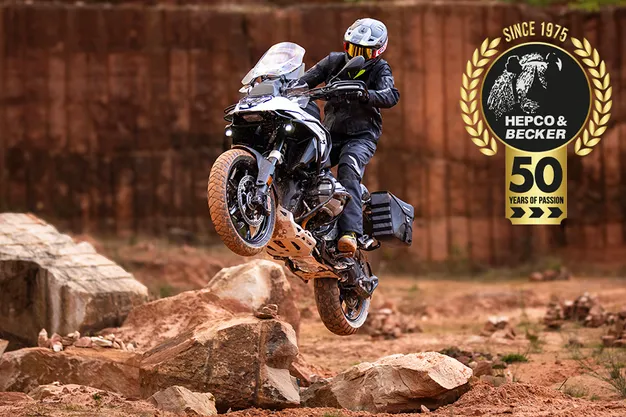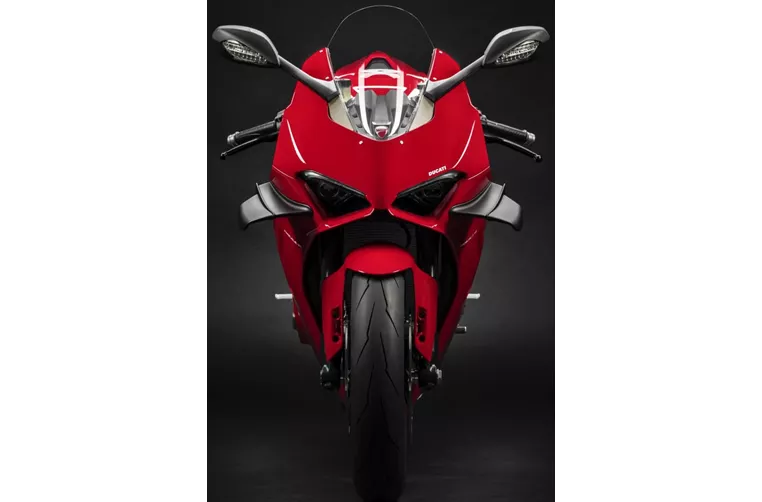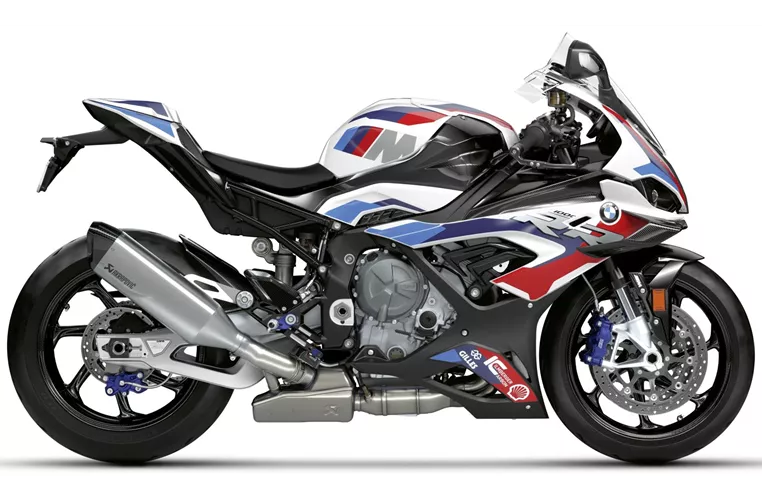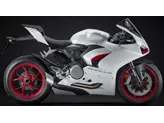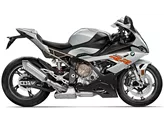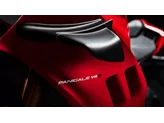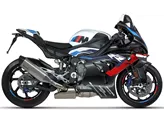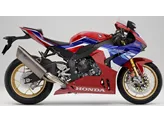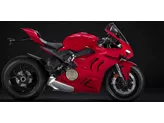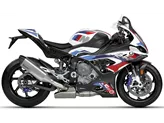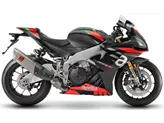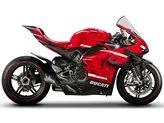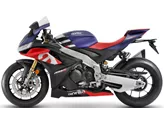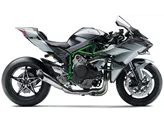Ducati Panigale V4 2020 vs. BMW M 1000 RR 2021

Ducati Panigale V4 2020
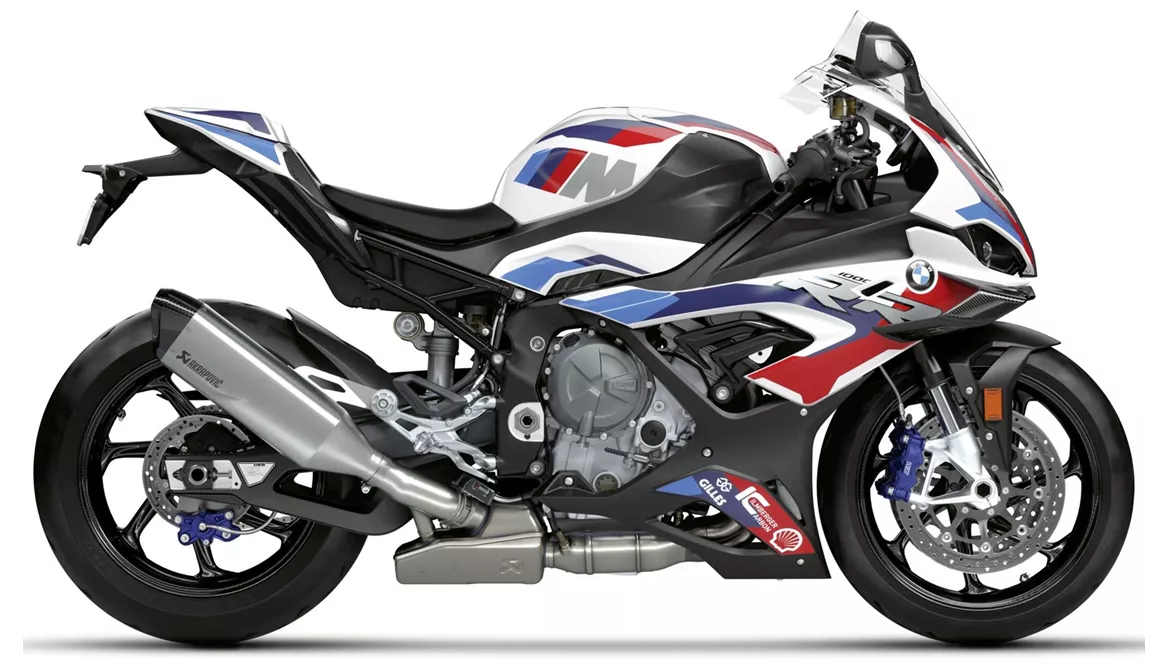
BMW M 1000 RR 2021
Vue d’ensemble - Ducati Panigale V4 2020 vs BMW M 1000 RR 2021
The Ducati Panigale V4 2020 and the BMW M 1000 RR 2021 are both high-performance supersport motorcycles that offer impressive specifications and features.
In terms of the engine and drivetrain, the Ducati Panigale V4 2020 is equipped with a V-type engine with a bore of 81mm and a stroke of 53.5mm. It delivers a powerful engine power of 214 HP and a torque of 124 Nm. The compression ratio is 14 and it has 4 cylinders with 4 valves per cylinder. The valves are of the Desmodromic type and the displacement is 1103 ccm. On the other hand, the BMW M 1000 RR 2021 features an in-line engine with a bore of 80mm and a stroke of 49.7mm. It produces an engine power of 212 HP and a torque of 113 Nm. The compression ratio is 13.5 and it also has 4 cylinders with 4 valves per cylinder. The valves are of the DOHC type and the displacement is 999 ccm.
In terms of suspension, both motorcycles have upside-down telescopic forks at the front. However, the Ducati Panigale V4 2020 has a fork diameter of 43mm, while the BMW M 1000 RR 2021 has a larger diameter of 45mm. Both motorcycles have adjustable compression, preload, and rebound settings for the front suspension. For the rear suspension, the Ducati Panigale V4 2020 has a single swing arm with a monoshock, while the BMW M 1000 RR 2021 has a swing arm with a monoshock. Both motorcycles have adjustable compression, preload, and rebound settings for the rear suspension. The rear suspension material is aluminum for both motorcycles.

Ducati Panigale V4 2020
In terms of chassis, both motorcycles have an aluminum frame. However, the Ducati Panigale V4 2020 has a monocoque frame type, while the BMW M 1000 RR 2021 has a twin tube, load-bearing engine frame type. The rake angle is 65.5 degrees for the Ducati Panigale V4 2020 and 66.4 degrees for the BMW M 1000 RR 2021. The trail is 100mm for the Ducati Panigale V4 2020 and 99.8mm for the BMW M 1000 RR 2021.
In terms of brakes, both motorcycles have double disk brakes at the front. The diameter of the front brakes is 330mm for the Ducati Panigale V4 2020 and 320mm for the BMW M 1000 RR 2021. The technology used for the front brakes is radial monoblock for the Ducati Panigale V4 2020 and radial for the BMW M 1000 RR 2021.
Both motorcycles are equipped with advanced rider assistance systems such as ABS. However, the BMW M 1000 RR 2021 offers additional features like riding modes, launch control, ride by wire, quickshifter, and traction control.
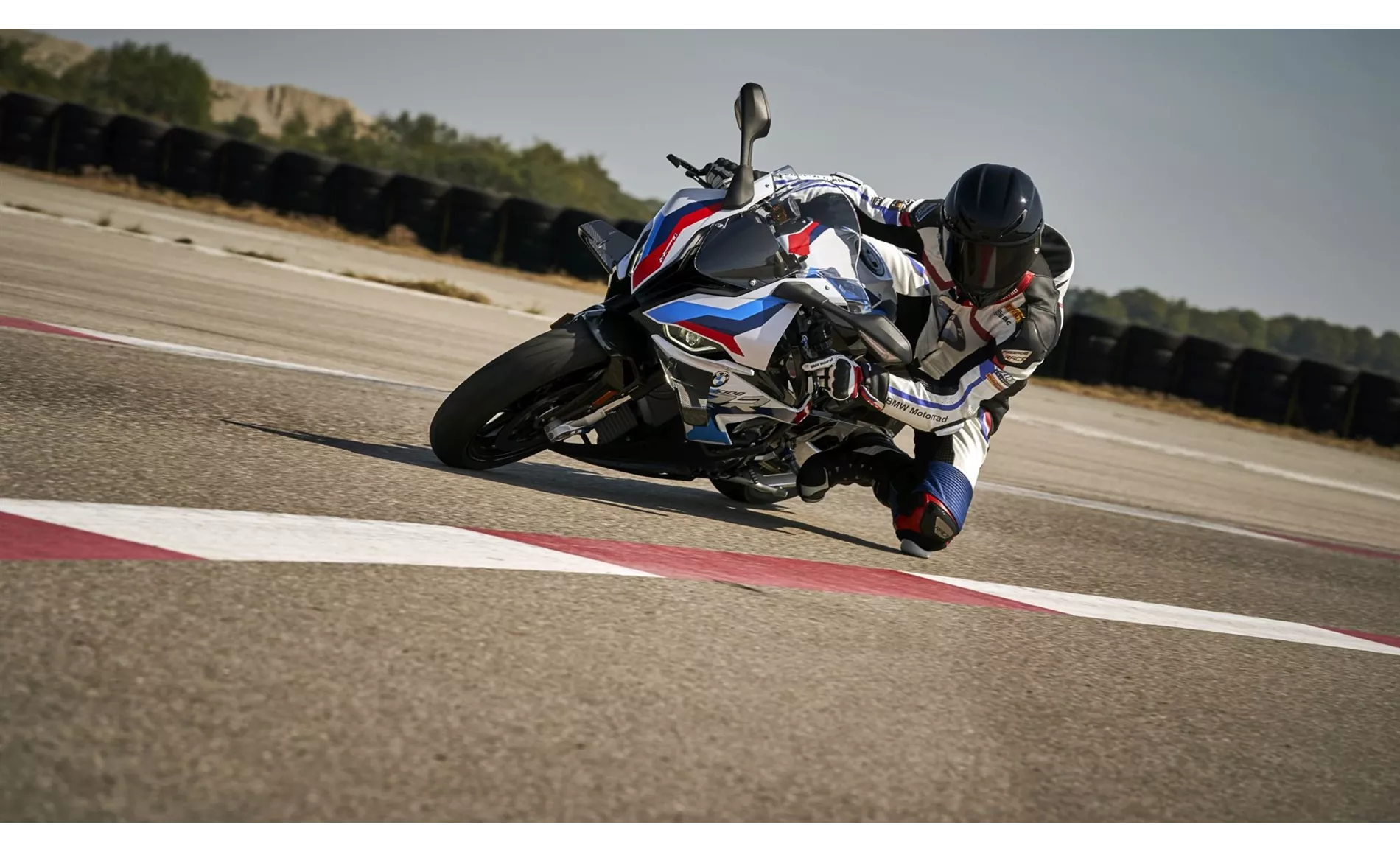
BMW M 1000 RR 2021
In terms of dimensions and weights, both motorcycles have a front tire width of 120mm and a rear tire width of 200mm. The front and rear tire diameters are both 17 inches. The wheelbase is 1469mm for the Ducati Panigale V4 2020 and slightly shorter at 1457mm for the BMW M 1000 RR 2021. The seat height is 830mm for the Ducati Panigale V4 2020 and slightly higher at 832mm for the BMW M 1000 RR 2021. The dry weight with ABS is 175kg for the Ducati Panigale V4 2020 and slightly lighter at 170kg for the BMW M 1000 RR 2021. The kerb weight with ABS is 198kg for the Ducati Panigale V4 2020 and 192kg for the BMW M 1000 RR 2021. Both motorcycles have a fuel tank capacity of 16 liters for the Ducati Panigale V4 2020 and 16.5 liters for the BMW M 1000 RR 2021.
In terms of equipment, both motorcycles are equipped with LED headlights.
In summary, the Ducati Panigale V4 2020 and the BMW M 1000 RR 2021 are both powerful and technologically advanced supersport motorcycles. While the Ducati Panigale V4 2020 offers clever electronics and noticeable upgrades from the previous model, the BMW M 1000 RR 2021 impresses with its smooth overall package, strong brakes, precise chassis, and noble details. Both motorcycles have their strengths and weaknesses, and it ultimately comes down to personal preference and priorities when choosing between them.
Caractéristiques techniques Ducati Panigale V4 2020 par rapport à BMW M 1000 RR 2021
Avantages et inconvénients en comparaison
Avantages et inconvénients en comparaison
Ducati Panigale V4 2020
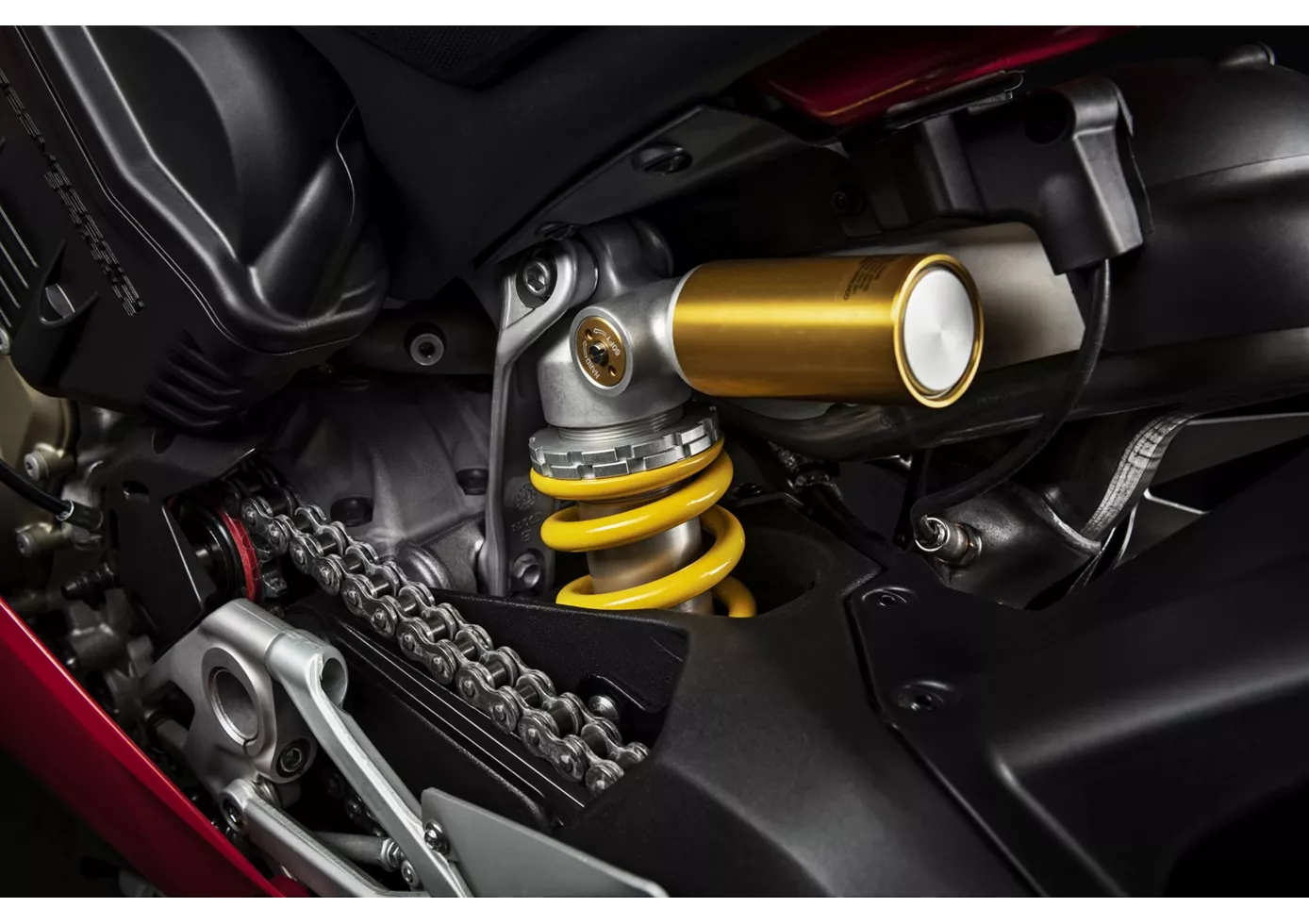
La conclusion est très facile à tirer. Ducati a amélioré une "moto déjà presque parfaite" sans rien changer de négatif. Bien que la conduite sur route avec ce carénage radical fasse déjà sensation et que l'un ou l'autre pilote trouve cela désagréable, il se sent visiblement plus à l'aise avec elle sur la piste de course. On obtient une moto "out of the box" qui ressemble plus que jamais à une moto de championnat du monde Superbike. Je pense en outre que le propriétaire de la V4 2018 est tout à fait en mesure d'améliorer ses temps au tour avec la version 2020. Mon conseil : si l'on fait en sorte d'agrandir le réservoir ou de le rendre plus adhérent, on pourrait rouler encore plus avec sa coque sur le centre.
BMW M 1000 RR 2021
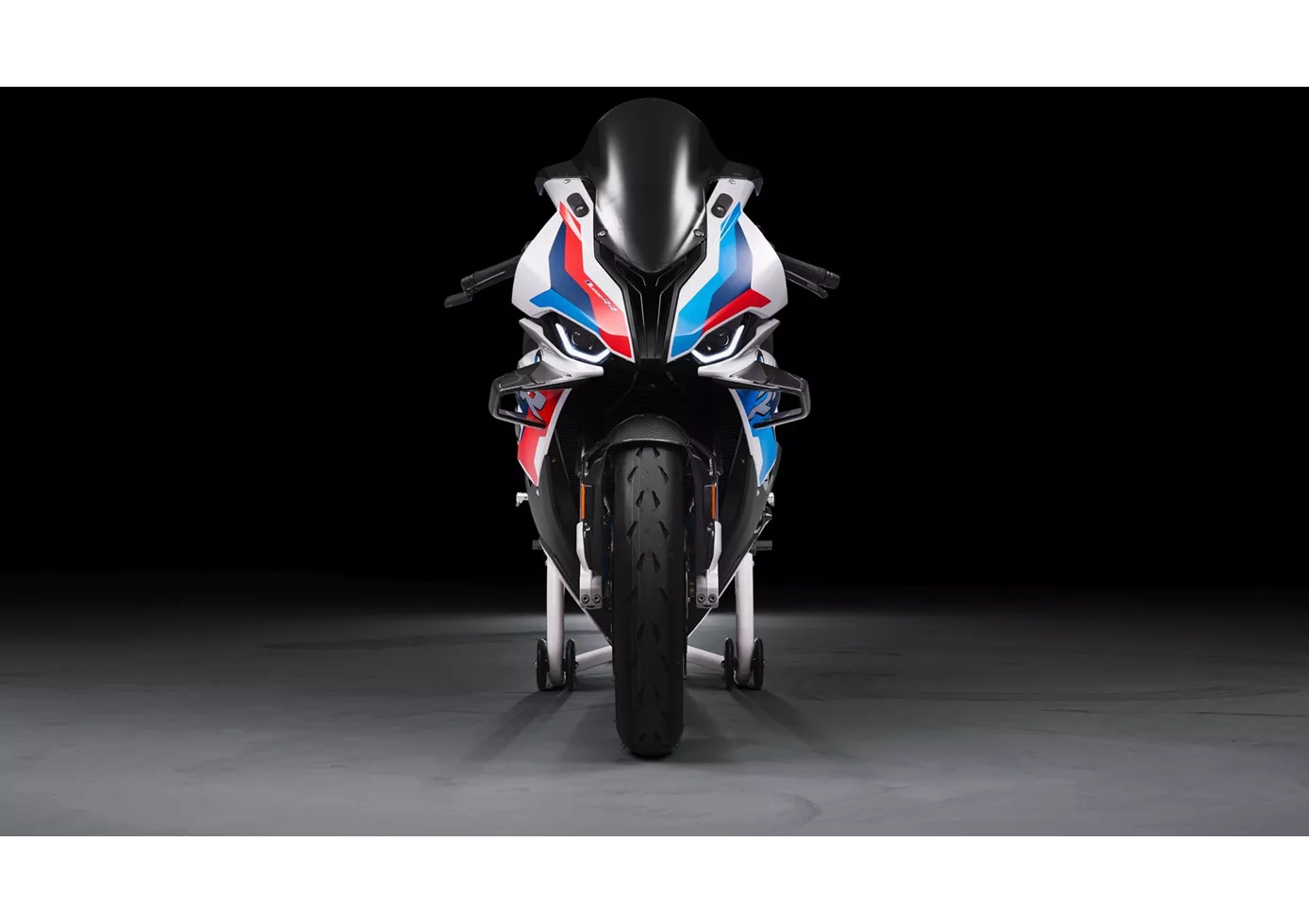
Le prix de la M1000RR ne choque qu'au premier abord. Une fois en selle, on est plutôt choqué par la puissance et les performances de freinage. La machine sort tout droit de l'usine BMW, c'est une moto de course prête à l'emploi. Ceux qui n'aiment pas bricoler, mais qui aiment quand même brûler, seront heureux avec elle. Une superbike noble et pratique !
Comparaison des prix Prix moyen du marché Ducati Panigale V4 vs BMW M 1000 RR
There are a few key differences between a Ducati Panigale V4 2020 and a BMW M 1000 RR 2021. In terms of price, the actual average price of a Ducati Panigale V4 2020 is about 25% higher. Compared to BMW M 1000 RR 2021 there are less Ducati Panigale V4 2020 bikes available on the 1000PS.de Marketplace, specifically 6 compared to 7. It takes less time to sell a Ducati Panigale V4 with 100 days compared to 127 days for a BMW M 1000 RR. Since model year 2018 1000PS.de editors have written 18 reviews for the Ducati Panigale V4 and 14 reviews for the BMW M 1000 RR since model year 2021. The first review for the Ducati Panigale V4 was published on 11/5/2017 and now has more than 131,500 views. This compares to more than 105,600 views for the first review on BMW M 1000 RR published on 9/23/2020.


